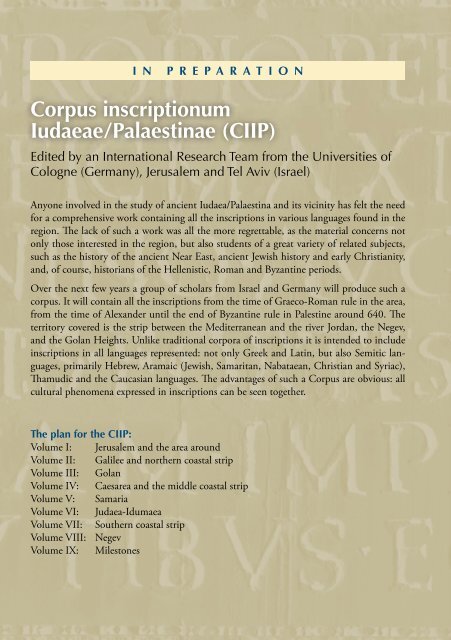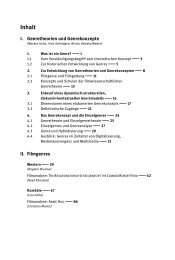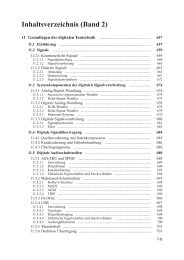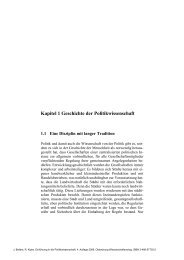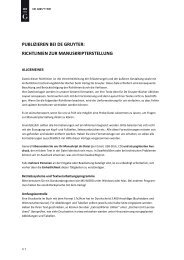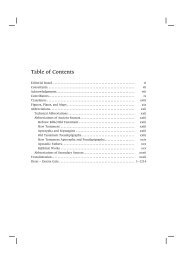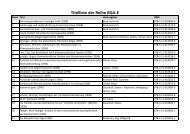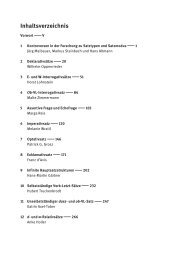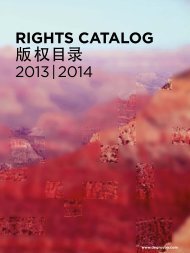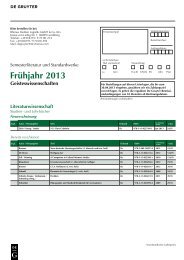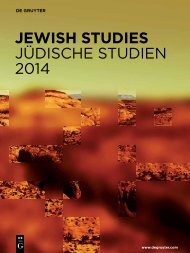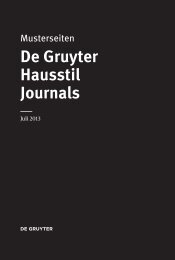Corpus inscriptionum Iudaeae/Palaestinae (CIIP) - Walter de Gruyter
Corpus inscriptionum Iudaeae/Palaestinae (CIIP) - Walter de Gruyter
Corpus inscriptionum Iudaeae/Palaestinae (CIIP) - Walter de Gruyter
Erfolgreiche ePaper selbst erstellen
Machen Sie aus Ihren PDF Publikationen ein blätterbares Flipbook mit unserer einzigartigen Google optimierten e-Paper Software.
IN PREPARATION<br />
<strong>Corpus</strong> <strong>inscriptionum</strong><br />
<strong>Iudaeae</strong>/<strong>Palaestinae</strong> (<strong>CIIP</strong>)<br />
Edited by an International Research Team from the Universities of<br />
Cologne (Germany), Jerusalem and Tel Aviv (Israel)<br />
Anyone involved in the study of ancient Iudaea/Palaestina and its vicinity has felt the need<br />
for a comprehensive work containing all the inscriptions in various languages found in the<br />
region. Th e lack of such a work was all the more regrettable, as the material concerns not<br />
only those interested in the region, but also stu<strong>de</strong>nts of a great variety of related subjects,<br />
such as the history of the ancient Near East, ancient Jewish history and early Christianity,<br />
and, of course, historians of the Hellenistic, Roman and Byzantine periods.<br />
Over the next few years a group of scholars from Israel and Germany will produce such a<br />
corpus. It will contain all the inscriptions from the time of Graeco-Roman rule in the area,<br />
from the time of Alexan<strong>de</strong>r until the end of Byzantine rule in Palestine around 640. Th e<br />
territory covered is the strip between the Mediterranean and the river Jordan, the Negev,<br />
and the Golan Heights. Unlike traditional corpora of inscriptions it is inten<strong>de</strong>d to inclu<strong>de</strong><br />
inscriptions in all languages represented: not only Greek and Latin, but also Semitic languages,<br />
primarily Hebrew, Aramaic (Jewish, Samaritan, Nabataean, Christian and Syriac),<br />
Th amudic and the Caucasian languages. Th e advantages of such a <strong>Corpus</strong> are obvious: all<br />
cultural phenomena expressed in inscriptions can be seen together.<br />
The plan for the <strong>CIIP</strong>:<br />
Volume I: Jerusalem and the area around<br />
Volume II: Galilee and northern coastal strip<br />
Volume III: Golan<br />
Volume IV: Caesarea and the middle coastal strip<br />
Volume V: Samaria<br />
Volume VI: Judaea-Idumaea<br />
Volume VII: Southern coastal strip<br />
Volume VIII: Negev<br />
Volume IX: Milestones


